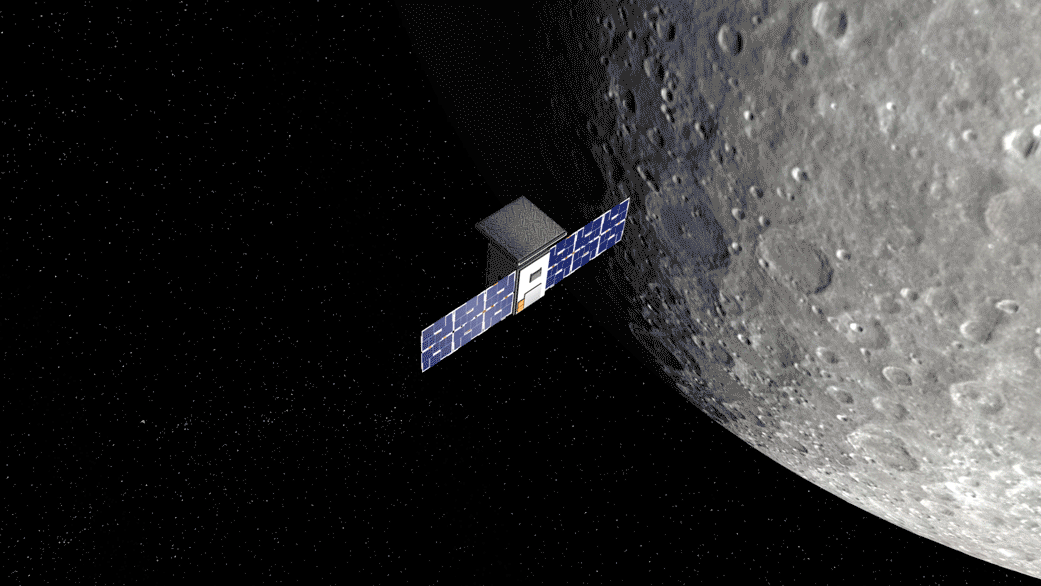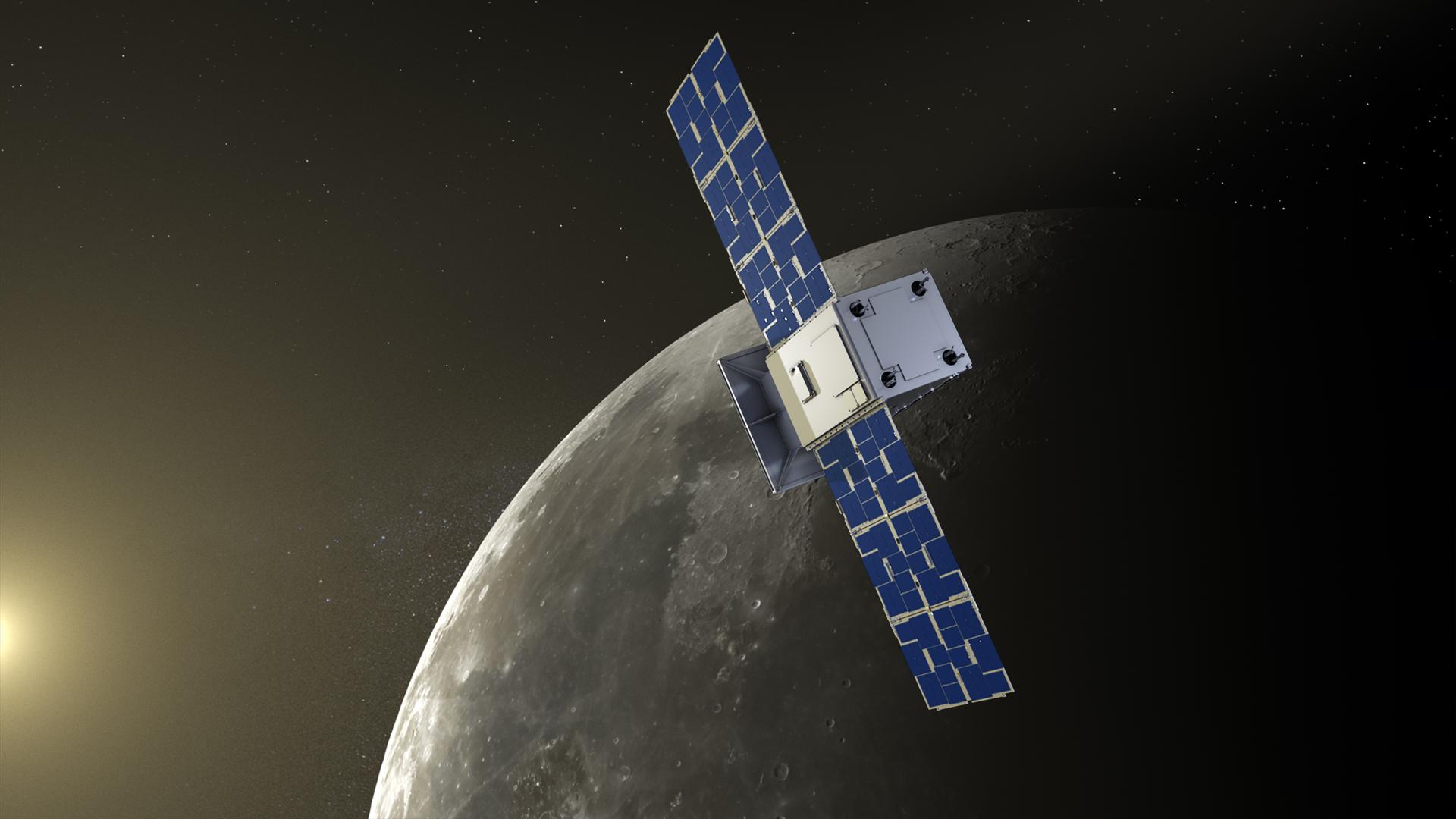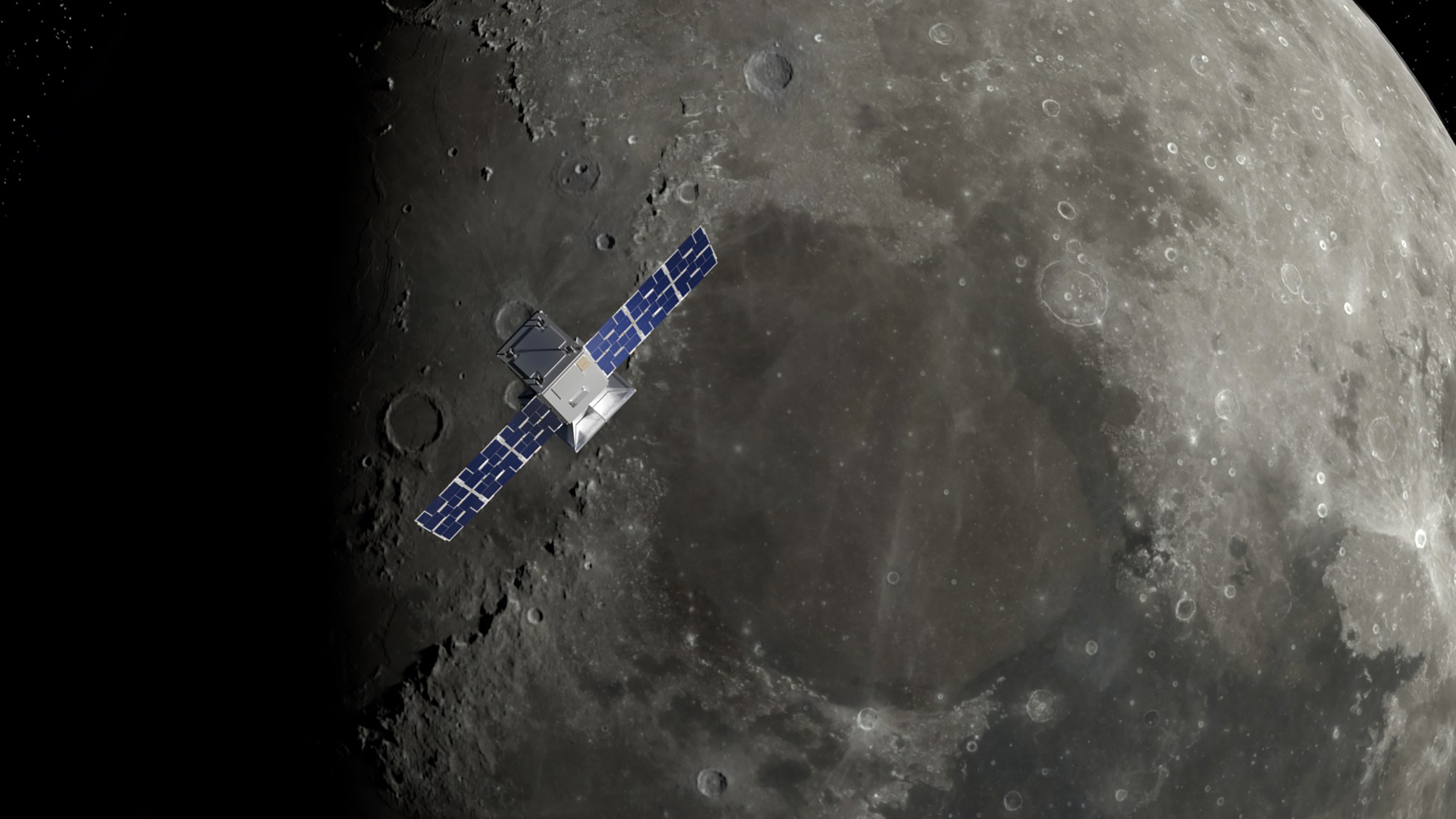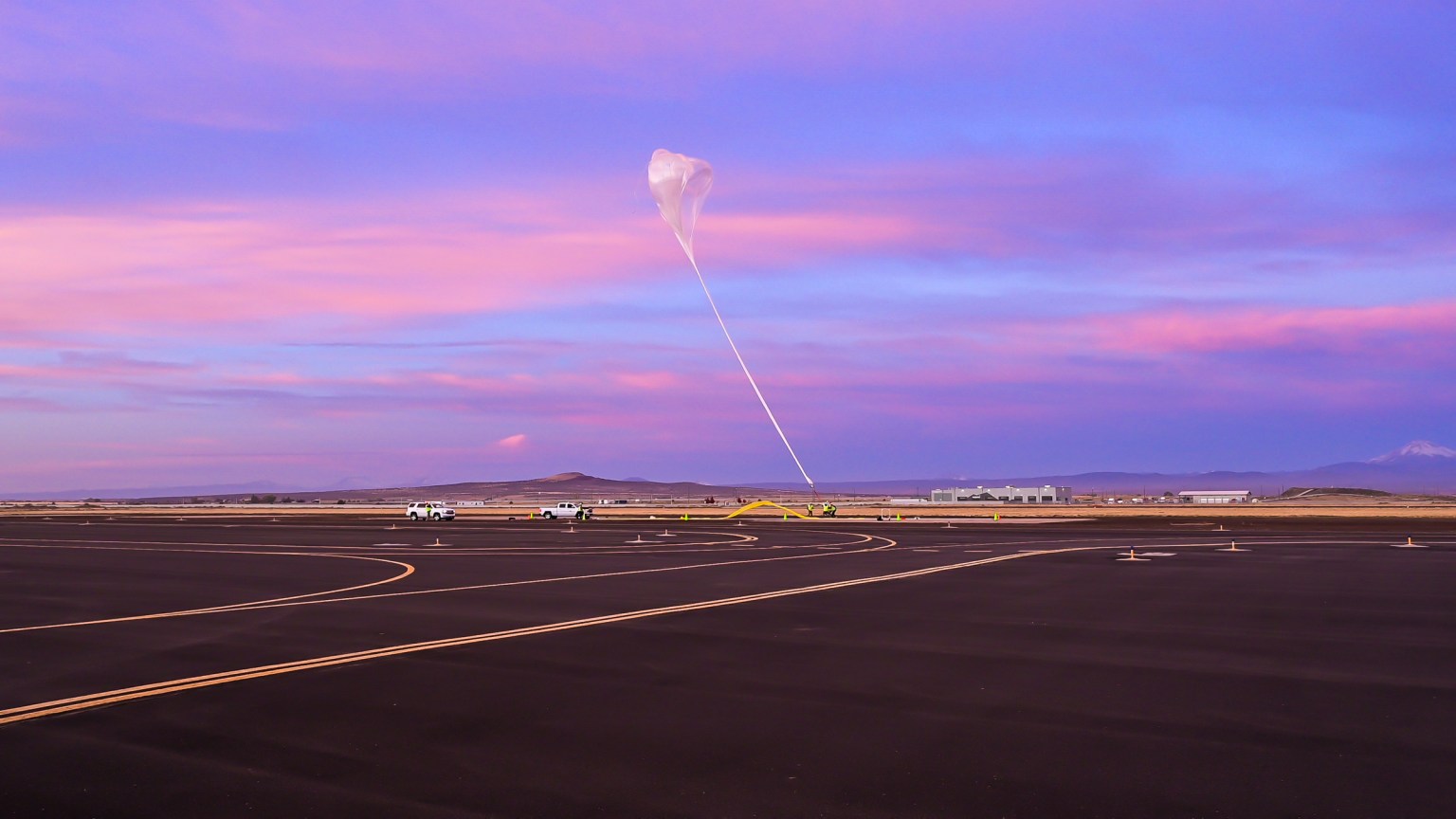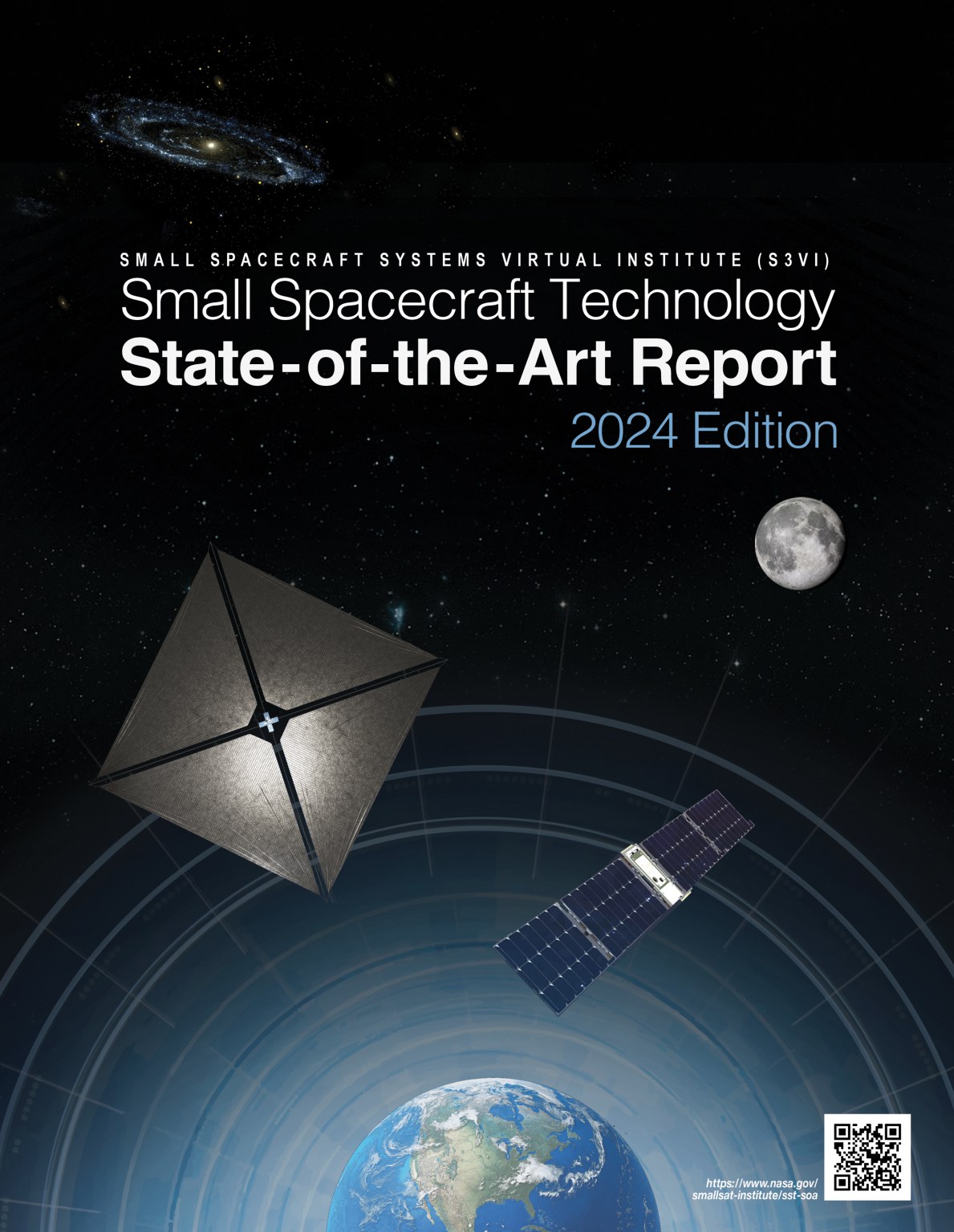Update, Feb. 7, 2025: NASA has extended its partnership with Advanced Space of Westminster, Colorado on the Cislunar Autonomous Positioning System Technology Operations and Navigation Experiment (CAPSTONE) technology demonstration mission, which completed its primary objectives in 2023. Planned to continue through December 2025, the extension builds on CAPSTONE’s successful demonstration of the Cislunar Autonomous Positioning System (CAPS) navigation technology and its characterization of a near rectilinear halo orbit around the Moon. This extended mission offers further opportunities to refine and test CAPS software through communication with NASA’s Lunar Reconnaissance Orbiter and Deep Space Network. Additionally, the extended mission allows Advanced Space to conduct mission analyses that support NASA’s Artemis program, using new insights from CAPSTONE’s in-orbit operations to support Gateway operations planning. In collaboration with NASA’s Goddard Space Flight Center, Advanced Space will also demonstrate and test technologies for autonomy and standards-based, interoperable communications and networking in the challenging cislunar environment.
A microwave oven–sized CubeSat weighing just 55 pounds is the first spacecraft to test a unique, elliptical lunar orbit as part of CAPSTONE. As a pathfinder for Gateway, a Moon-orbiting outpost that is part of NASA’s Artemis campaign, CAPSTONE is helping reduce risk for future spacecraft by validating innovative navigation technologies and verifying the dynamics of this halo-shaped orbit.
The orbit, formally known as a near-rectilinear halo orbit (NRHO), is significantly elongated. Its location at a precise balance point in the gravities of Earth and the Moon, offers stability for long-term missions like Gateway and requires minimal energy to maintain. The orbit of CAPSTONE also establishes a location that is an ideal staging area for missions to the Moon and beyond. The orbit brings CAPSTONE within 1,000 miles of one lunar pole on its near pass and 43,500 miles from the other pole at its peak every seven days, requiring less propulsion capability for spacecraft flying to and from the Moon’s surface than other circular orbits. The NRHO provides the advantage of an unobstructed view of Earth in addition to coverage of the lunar South Pole.
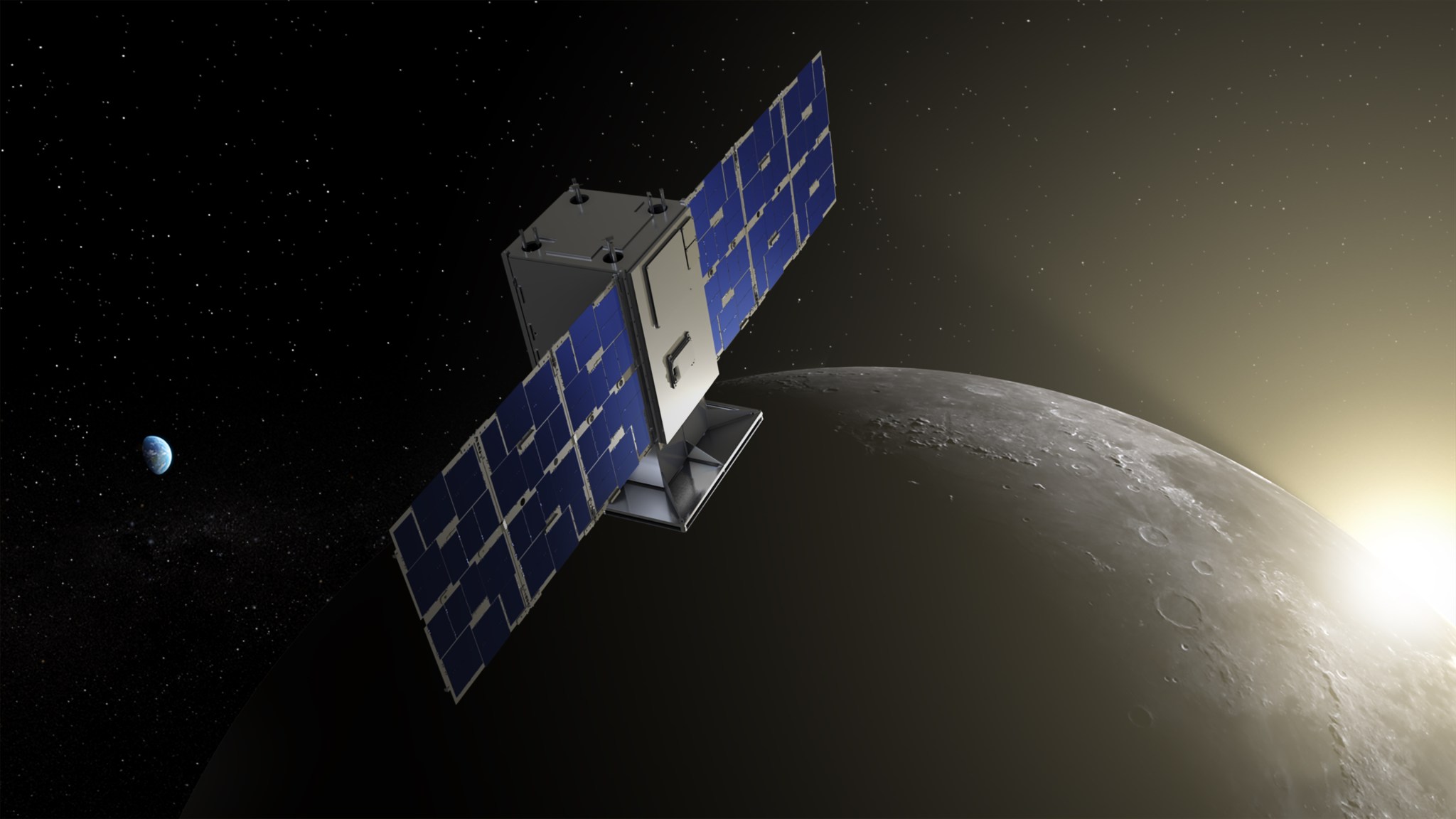
The CAPSTONE spacecraft took a four-month journey from launch to orbit – overcoming challenges related to communications and propulsion along the way – and performed an initial orbit insertion maneuver on Nov. 13, 2022. In the following days, the CAPSTONE mission operations team, led by Advanced Space, analyzed data from the spacecraft to confirm it was in the expected orbit and carried out two clean-up maneuvers to refine its track. Once in place, CAPSTONE initiated and completed the mission’s primary objectives to understand the characteristics of the orbit within the planned six months. Specifically, CAPSTONE validated the power and propulsion requirements for maintaining its orbit as predicted by NASA’s models, reducing logistical uncertainties. The spacecraft also demonstrated the reliability of innovative spacecraft-to-spacecraft navigation solutions as well as communication capabilities with Earth. The extended CAPSTONE mission will build upon the achievements of the previous demonstrations and orbit characterization efforts, while also incorporating new data gathered during an 18-month enhanced mission phase.
To test new navigation capabilities, CAPSTONE has a second dedicated payload flight computer and radio that perform calculations to determine where the CubeSat is in its orbital path. Circling the Moon since 2009, NASA’s Lunar Reconnaissance Orbiter (LRO) serves as a reference point for CAPSTONE. The CAPSTONE spacecraft communicates directly with LRO and utilizes the data obtained from this crosslink to measure how far it is from LRO and how fast the distance between the two changes, which in turn determines CAPSTONE’s position in space.
This peer-to-peer information is used to evaluate CAPSTONE’s autonomous navigation software. The software, referred to as CAPS, will allow future spacecraft to determine their location without having to rely exclusively on tracking from Earth. This capability could enable future technology demonstrations to perform on their own without support from the ground and allow ground-based antennas to prioritize valuable science data over more routine operational tracking.
CAPSTONE launched on June 28, 2022, aboard a Rocket Lab Electron rocket from the company’s Launch Complex 1 in New Zealand. With a highly ambitious schedule, CAPSTONE demonstrated key commercial capabilities. NASA partners tested cutting-edge tools for mission planning and operations, paving the way and expanding opportunities for small and more affordable space and exploration missions to the Moon, Mars and other destinations throughout the solar system.
Primary Mission Objectives:
- Verify the characteristics of a cislunar near rectilinear halo orbit for future spacecraft
- Demonstrate entering and maintaining this unique orbit that provides a highly-efficient path to the Moon’s surface and back
- Demonstrate spacecraft-to-spacecraft navigation services that allow future spacecraft to determine their location relative to the Moon without relying exclusively on tracking from Earth
- Lay a foundation for commercial support of future lunar operations
- Gain experience with small, dedicated launches of CubeSats beyond low Earth orbit, to the Moon, and beyond
Extended Mission Objectives:
- Continue technology maturation and testing of the CAPS autonomous navigation software
- Continue the two-way ranging experiments with the LRO spacecraft and one-way ranging experiments with NASA’s Deep Space Network
- Provide in-orbit operations and performance data as well as conduct mission analyses to inform operations planning for NASA’s Gateway.
- Demonstrate technologies for autonomy and standards-based, interoperable communications and networking in the challenging cislunar environment
Partners:
- Advanced Space of Westminster, Colorado, developed and operates CAPSTONE.
- Terran Orbital Corporation, of Irvine, California, built the CubeSat platform.
- Stellar Exploration, Inc. of San Luis Obispo, California, provided CAPSTONE’s propulsion system.
- Rocket Lab of Long Beach, California, provided launch services. The launch was managed by NASA’s Launch Services Program at NASA’s Kennedy Space Center in Florida.
- NASA’s Small Spacecraft & Distributed Systems program within the agency’s Space Technology Mission Directorate manages the CAPSTONE project. The program is based at NASA’s Ames Research Center in California’s Silicon Valley.
- The Artemis Campaign Development Division within NASA’s Exploration Systems Development Mission Directorate supported the launch.
- The development of CAPS is supported by NASA’s Small Business Innovation Research (SBIR) program.
- NASA’s Goddard Space Flight Center in Greenbelt, Maryland, manages LRO.
- NASA’s Gateway program at NASA’s Johnson Space Center will use CAPSTONE’s in-orbit analyses for Gateway operations planning.
- Morehead State University (MSU) operates the newest “affiliated node” on the NASA Deep Space Network (DSN) providing telemetry, tracking and control services for NASA and commercial space missions and to engage university students in deep space mission operations.
- Space Dynamics Lab (SDL) provided the iris radio and navigation firmware.
- Orion Space Solutions (formerly Astra) provided the Chip Scale Atomic Clock (CSAC) hardware necessary for the One-way ranging experiment.
- Tethers Unlimited, Inc., provided the cross link radio.
Learn More:
- What are SmallSats and CubeSats?
- NASA Funds CubeSat Pathfinder Mission to Unique Lunar Orbit
- NASA Awards Contract to Launch CubeSat to Moon from Virginia
- NASA CubeSats Play Big Role in Lunar Exploration
- Innovative Propulsion System Gets Ready to Help Study Moon Orbit for Artemis
- CAPSTONE’s CubeSat Prepares for Lunar Flight
- NASA’s CAPSTONE Prepares to Enter Unique Orbit
- CAPSTONE Charts a New Path for NASA’s Moon-Orbiting Space Station
- CAPSTONE Uses Gravity on Unusual, Efficient Route to the Moon
- The Small Businesses Behind CAPSTONE Are Paving Our Path to the Moon
- NASA Sets Live Launch Coverage for CAPSTONE Mission to Moon
- NASA’s CAPSTONE Readies for Launch
- CAPSTONE Launches to Test New Orbit for NASA’s Artemis Moon Missions
- Follow CAPSTONE’s Four-Month Journey to the Moon in Real Time
- CAPSTONE Takes Moon Shot, Successfully Tests Navigation Technology
- CAPSTONE Forges New Path for NASA’s Future Artemis Moon Missions
For investigators:
Investigators interested in opportunities with the Small Spacecraft & Distributed Systems program please visit here.
For technical inquiries about the mission, contact NASA’s CAPSTONE Project Manager Elwood Agasid.
For news media:
Media resources for CAPSTONE
Members of the news media interested in covering this topic should reach out to the NASA Ames newsroom.

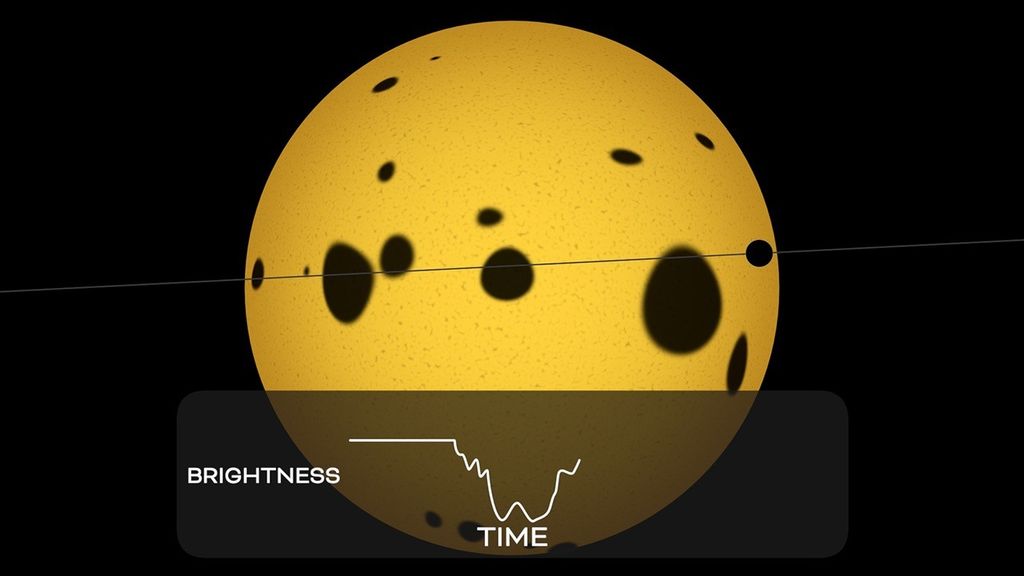









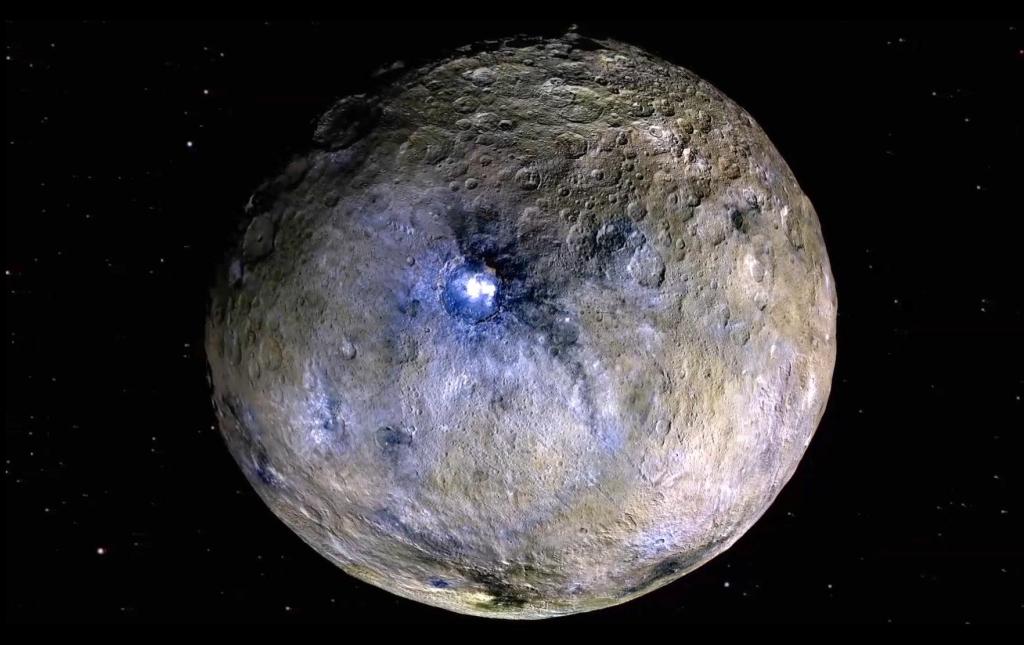
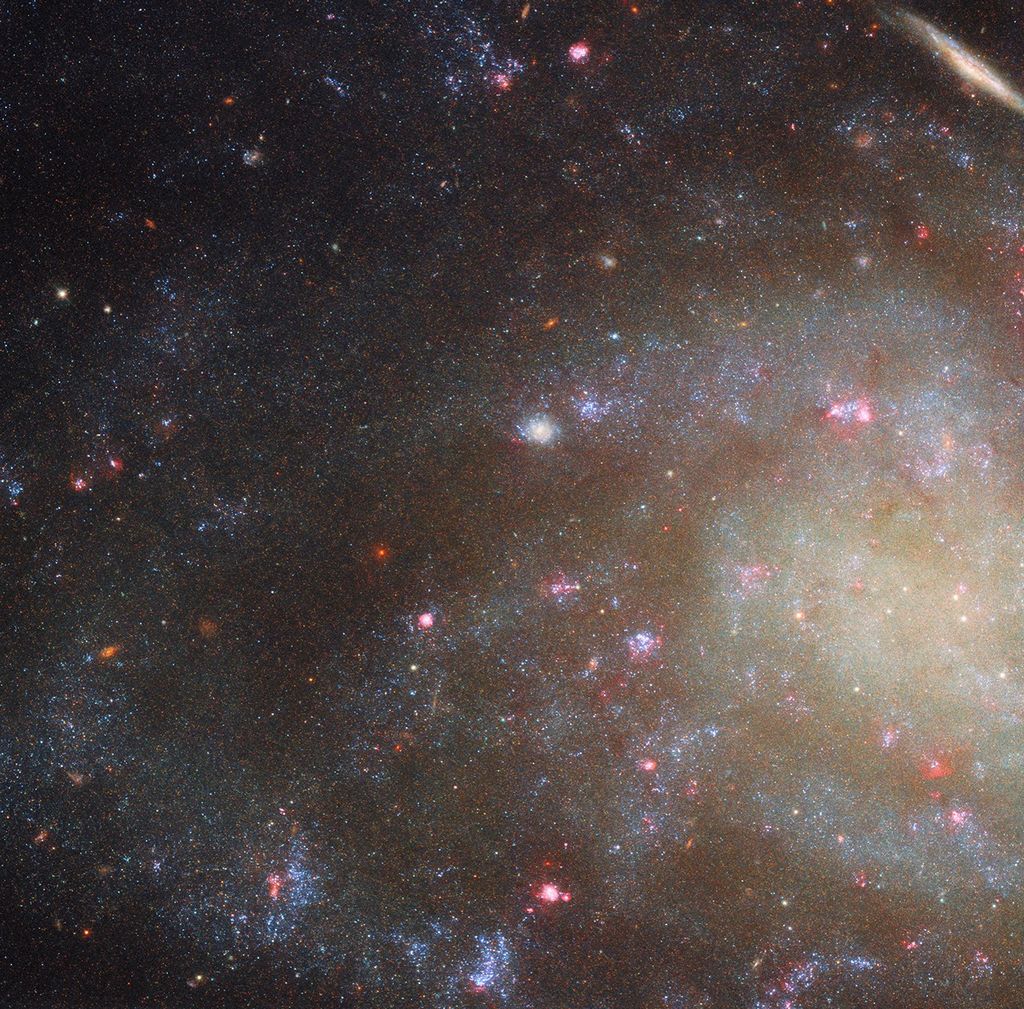



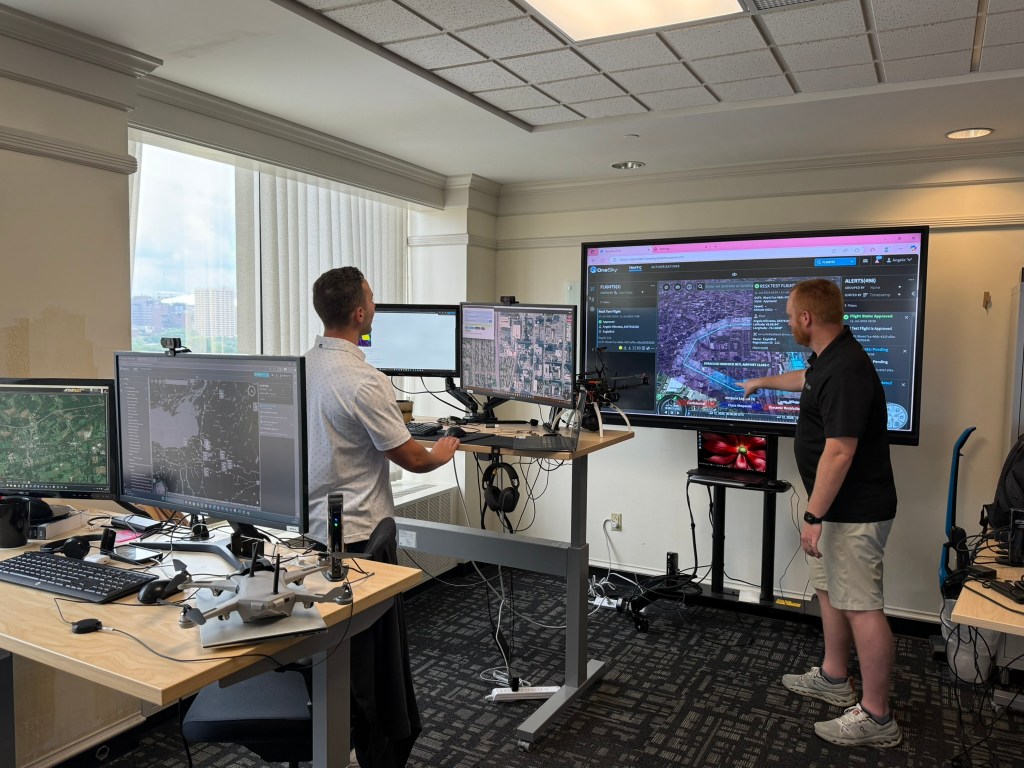






-Carolyn_Y._Ng.jpeg?w=1024)




